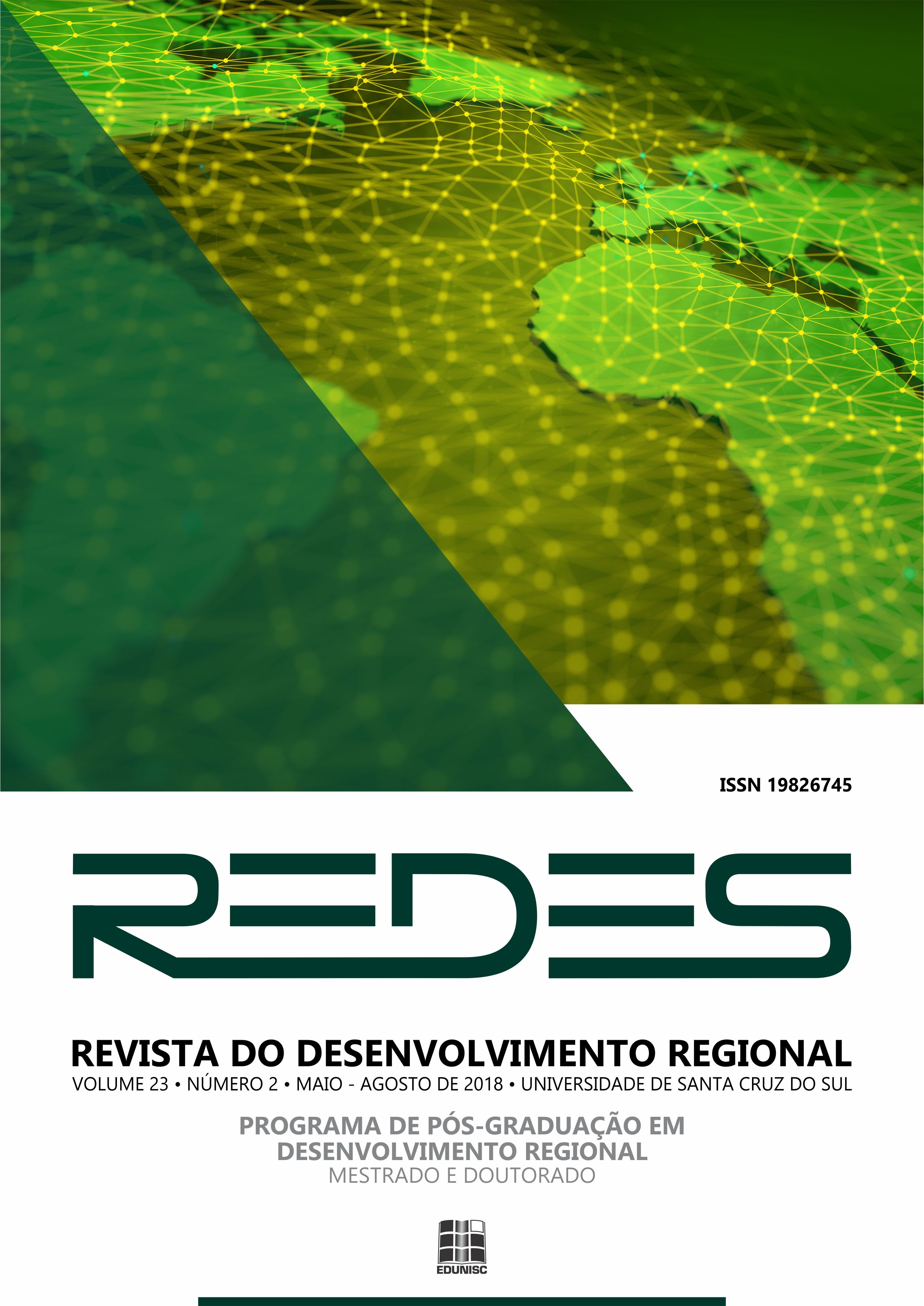Volcanic crisis and Resilience Strategies of Microentrepeneurs in San Carlos de Bariloche
DOI:
https://doi.org/10.17058/redes.v23i2.11471Keywords:
Tourism. Volcanic eruption. Socioeconomic crisis. Microentrepeneurs. ResiliencyAbstract
Besides being a well internationally recognized tourist resort, Bariloche is a medium-sized city of great economic and social heterogeneity and heavily dependent on tourism. This paper analyzes the impact of the eruption of the Puyehue-Cordon Caulle (June 2011) volcanic complex on the small and micro scale economy of the city. Using quantitative and qualitative analysis it emphasizes the strategies developed by small and micro entrepreneurs to survive, adapt and recover to this event. The paper provides empirical evidence that resiliency of these actors to extreme events (volcanic, in this case) can be explained by discrete quantitative variables as proxies that measure access to resources, flexibility (or diversification), and stability of the micro-enterprise. In particular, evidence was found that the variables customer diversification and affiliation to a nonprofit organization of the sector are the most important on predicting the number of resiliency strategies developed by small and micro entrepreneurs.Downloads
Download data is not yet available.
Downloads
Published
2018-05-15
Issue
Section
Redes de Cooperação, Arranjos Produtivos e Desenvolvimento Regional
License
The submission of originals to this journal implies the grant, by the authors, of the printed and digital publication rights. Authors retain copyright and grant the journal right of first publication. Authors may only use the same results in other publications clearly indicating this journal as the medium of the original publication. Because we are an open access journal, we allow free use of the articles in educational and scientific applications provided the source is cited under the Creative Commons (CC-BY) license.How to Cite
Volcanic crisis and Resilience Strategies of Microentrepeneurs in San Carlos de Bariloche. (2018). Redes , 23(2), 172-186. https://doi.org/10.17058/redes.v23i2.11471



